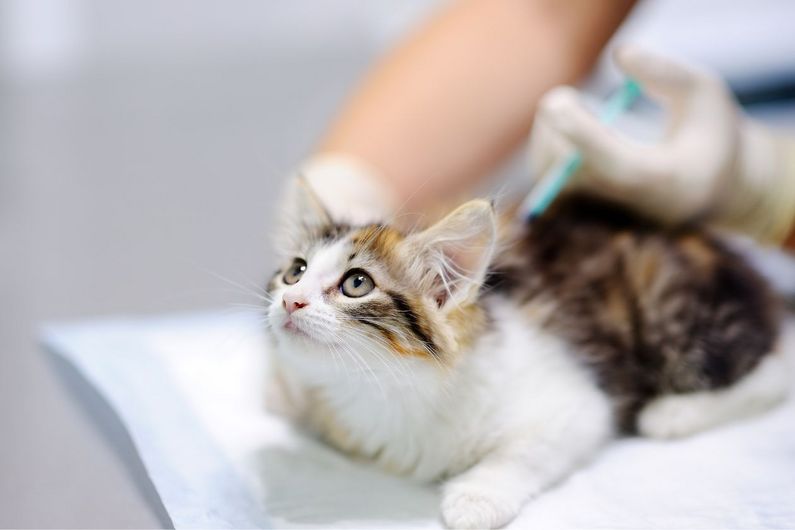What’s the right antibiotic for Fido?
- UdeMNouvelles
06/05/2024
- Virginie Soffer
The CHUV has developed a new French-language platform in the Firstline app to help veterinarians and students select antibiotics for cats and dogs.
With antibiotic resistance spreading in both humans and animals, the Centre hospitalier universitaire vétérinaire (CHUV), the animal hospital of the Université de Montréal Faculty of Veterinary Medicine, has developed the first French-language platform to support the judicious use of antibiotics. The free mobile app on the Firstline platform provides veterinary professionals, including veterinarians, animal health technicians and students, with easy access to the latest veterinary advice on the appropriate choice of antibiotic, dosage, and more.
The CHUV is the third veterinary institution in the world to adopt the Firstline platform, after the University of Guelph in Ontario and the Ohio State College of Veterinary Medicine in the United States, and the first to offer a French-language interface. It was made possible through collaboration with the Canadian Veterinary Medical Association (CVMA) and funding from Quebec’s Ministère de l’Agriculture, des Pêcheries et de l’Alimentation and the CHUV.
The app provides a wide range of recommendations for dogs and cats, including lists of pathogens and antimicrobials and an infection prevention and control toolkit containing information such as a list of notifiable diseases and precautions to take when bitten or scratched.
Reducing antibiotic use and choosing the right one
“The idea was to have a knowledge base that brings practical information together in one place to help practitioners choose the appropriate antibiotics,” explained Marion Allano, the teaching clinician responsible for infection prevention and control at the Faculty of Veterinary Medicine and the initiator of the CHUV’s Firstline project. “The app reminds users of all the factors to consider when choosing an antibiotic.”
The app also suggests alternatives to antibiotics for treating infections when they are available. For example, it will recommend treating an abscess by draining it without necessarily using antibiotics. “In some situations, if an alternative to antibiotics exists, it may be indicated,” said Allano.
The platform reminds users that antibiotics should not be administered as a preventative measure.
If antibiotics are required, the app suggests the best choice. For example, it will recommend applying an antibiotic cream locally instead of administering a larger dose of an antibiotic taken orally.
Staying up to date
The app also sends notifications when new recommendations come out. “It’s useful for users to be informed when there is a change in the recommended dosage or when the guidelines for a particular type of infection are updated,” Allano noted.
The CHUV’s Antibiotics Governance Committee, made up of professors and clinicians who are experts in their field, will regularly update the platform’s content to reflect any new consensus on treatment.
The platform currently provides recommendations for cats and dogs. There are plans to expand it to other species in the near future, starting with horses and then other animals.
“This app is a significant advance in the dissemination of best prescribing practices in veterinary medicine,” said Allano.












